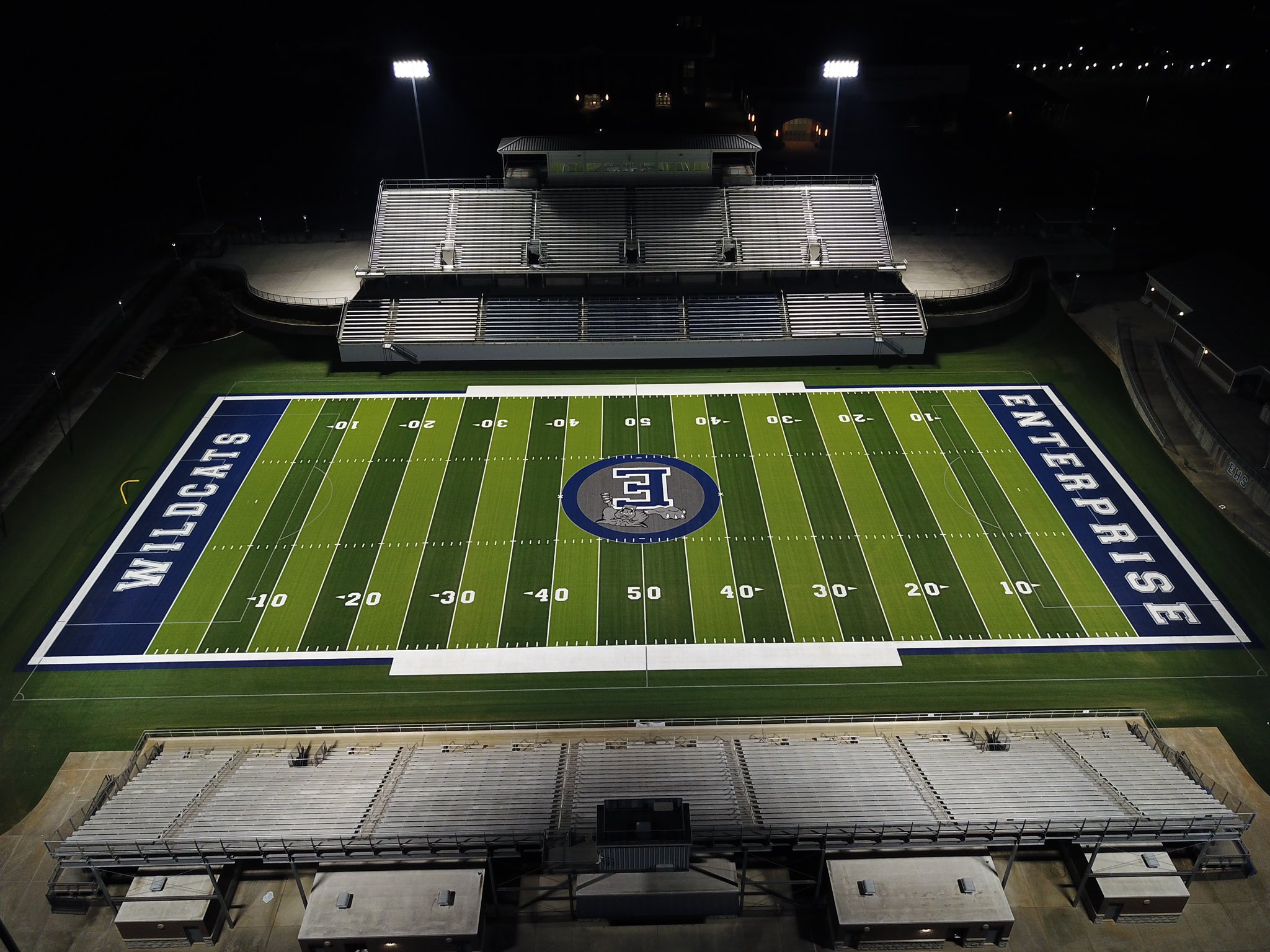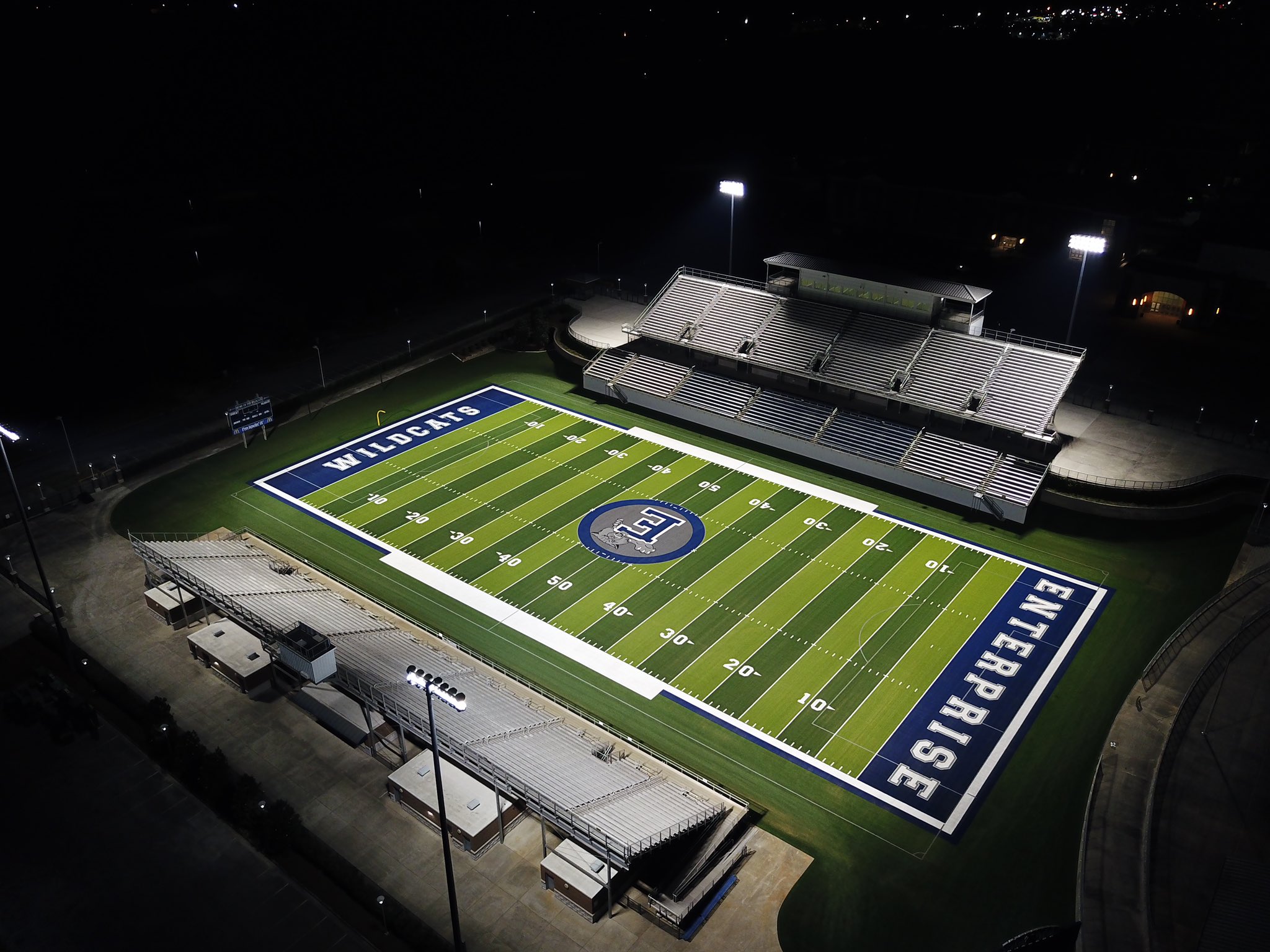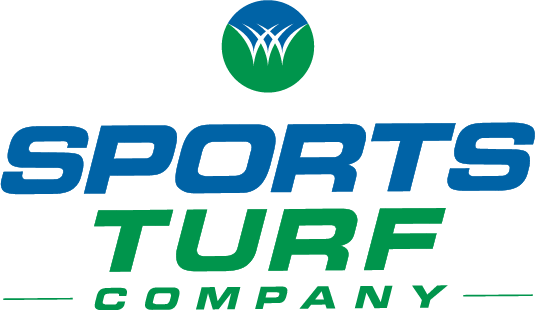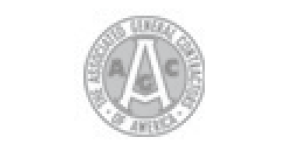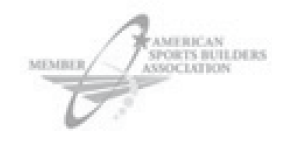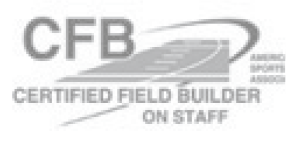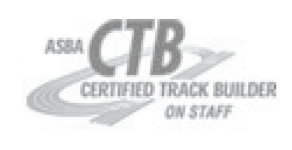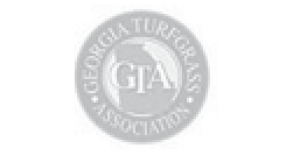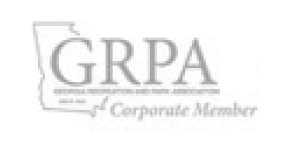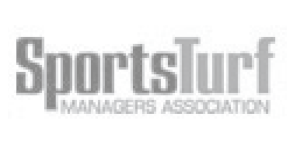What to Consider When Converting your Field to Artificial Turf
High traffic, playability and reduced maintenance are just a few reasons why a field manager may consider converting their facility to artificial turf. While some field managers may still be hesitant to convert, artificial turf systems have substantially improved with technology that makes artificial turf fields safer, higher performing, and more durable than previous systems. Not only that, these systems are more comparable and closely mimic natural grass fields in both look and function. Here are a few things to consider when looking at artificial turf systems for your facility.
Higher Face Weight Systems
One of the main reasons for converting to artificial turf is to allow your facility to host multiple sports, games and events without fear of prematurely wearing the surface. This means little downtime between events and heavy usage in all weather conditions. To combat high traffic and to ensure your field lasts well beyond its warranty period, it is important to look at higher face weight artificial turf systems. Face weight is a measurement of how many ounces of artificial turf fibers are included per square yard. While commodity artificial turf systems can be as low as 32 ounces, we believe in comparably priced systems up to 60 ounces. Not only are these systems double the fiber, they also can feature a 10-year warranty compared to the industry standard, 8-year warranty. These heavy face weight systems push the industry towards the most natural grass like surface, with dense fibers and extended durability for the lifetime of the field.
Shock Pads
As season ending injuries are front page news, safety has become a top priority in artificial turf technology. Revolutionary shock pad technology allows artificial turf systems to test on par with natural grass fields in terms of Gmax testing. Gmax testing for sports surfaces is measuring the ability of surfaces to absorb shocks due to impact. Artificial turf systems harden overtime due to infill compaction and can test at dangerously high levels through the lifetime of the system. With the inclusion of a shock pad underneath your artificial turf system, the Gmax and HIC levels remain consistent throughout the lifetime of the field with warranties up to 25 years.
Infill
As artificial turf systems evolve, so do artificial turf infills. The main role of infill in artificial turf systems have always been to absorb the impact of falls and reduce the force reduction of the surface. With the inclusion of shock pads into artificial turf systems, the need for crumb rubber is eliminated entirely allowing for organic, temperature reducing infill to replace it. One of the most popular organic infills on the market today is the highly engineered wood particle infill, BrockFILL, that is specifically designed to reduce artificial turf heat and improve field surface traction. The unique properties of the wood infill, BrockFILL, decreases field temperatures by absorbing natural rainwater and condensation and slowly releasing it. Since BrockFILL naturally gains weight when wet, this organic infill doesn’t float or migrate similar to cork-based infill. By eliminating rubberized infill and replacing it with an organic infill it reduces any bouncy-ness to the surface and increases player footing and traction by more closely simulating a natural grass surface.
Sports Turf Company is a leader in athletic construction and a top specialty contractor in the southeast. Sports Turf Company has completed projects across five states from colleges to professional venues. We continue to evolve to provide higher performing, safer and more durable athletic facilities for our clients with both artificial turf and natural grass surfaces.
